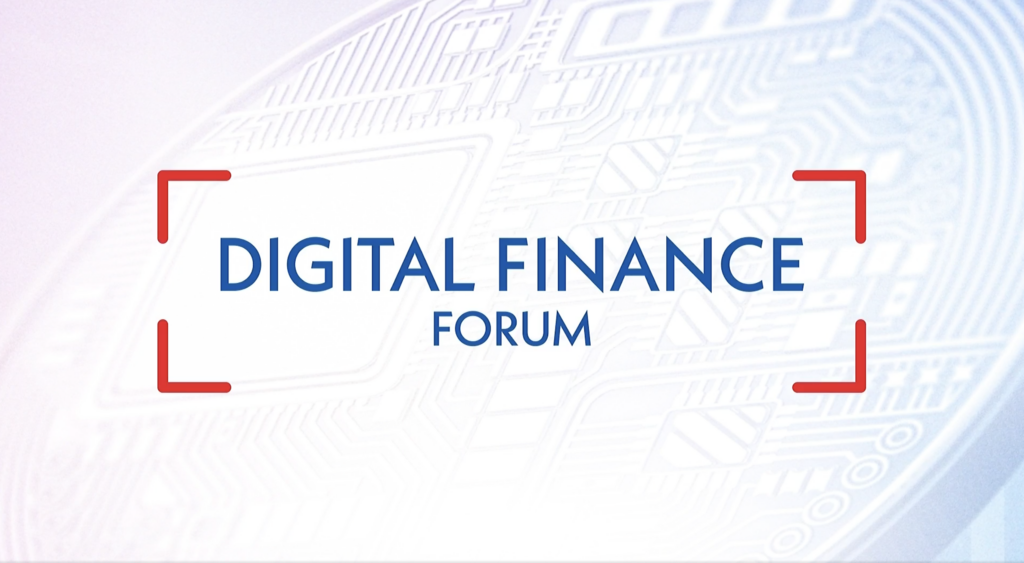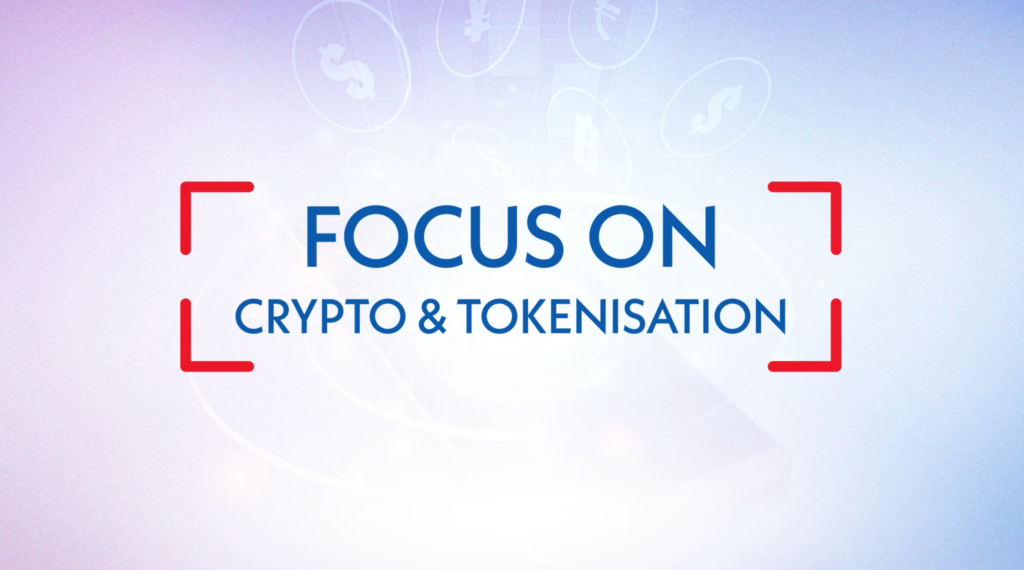While the shift to digital payments is not a new trend – over recent years investment in payments related fintech has been double that of other technology investments across financial services – the pandemic will accelerate the pace of change in the structure of the industry. It is pushing what were once powerful disruptors, such as credit and debit cards, to become the disrupted, as digital wallets gain favour, particularly with younger age groups.
This sped-up evolutionary process is not without its challenges. EPA EU and LFF’s report argues that global providers must keep customers’ personal data safe while still ensuring cross border interoperability.
Some of the report’s key takeaways from a review of different global markets include:
The European picture is fragmented. Debit cards remain the continent’s preferred way to pay across all age groups. EPA argues for the continent to shine in a digital world, local networks and solutions need to be interoperable and frictionless across the EU.
- In the US, more traditional credit and debit providers are under attack from big technology and nimble digital players. Apple Pay is now accepted in 60% of US retail locations, and one estimate suggests that Trustly, a digital account-to-account payment scheme, saw a US growth rate of approximately 600% in 2019.
- In Asia, UnionPay has enjoyed a virtual monopoly in the electronic payment systems landscape, with more than six billion cards in issue as of June 2019. The company is now looking further afield to Europe, but local giants Alipay and WeChat are also expanding abroad.
Nicolas Mackel, CEO of Luxembourg for Finance, said: “The switch to digital payments looks set to happen much quicker than the shift to cards did in the past. The method of payment is becoming less important than the platform used, to the extent of becoming invisible. This report highlights the countries that have been early movers and are demonstrating best practice in the payments space.”
Thibault de Barsy, General Manager of EPA’s EU office, added: “Despite being covered by the same regulation and having access to similar technologies, European consumers’ use of cashless payments differs drastically from one country to another. Nonetheless, instantaneous execution and openness of choice are the universal ingredients of success.”
Click here to read the full report.










